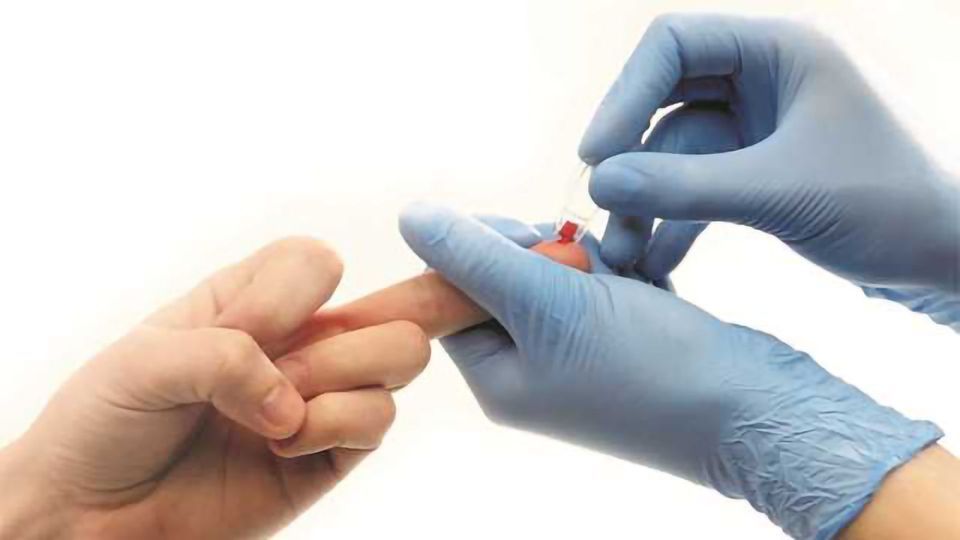EKF Publishes Guide to Good Capillary Blood Sampling

Capillary Blood Sampling
Want to listen to this article for FREE?
Complete the form below to unlock access to ALL audio articles.
Read time: Less than a minute
EKF Diagnostics, the global in vitro diagnostics company, has published an Educational Guide which provides a quick overview of capillary blood sampling best practice. It aims to help health care professionals understand common causes of pre-analytical errors and reduce their impact on hemoglobin results. Entitled ‘Capillary sampling and its relevance for correct hemoglobin results,’ the new Guide is available to download from EKF Diagnostics’ website.
Capillary blood (fingerstick) sampling is increasingly being used worldwide due to the growing availability of point-of-care (POC) testing. With anemia affecting about 25% of the global population and a much higher prevalence in developing countries, hemoglobin is the most frequently performed test in POC hematology. It is also used routinely by blood collection services to ensure safe donations.
Notably, hemoglobin (Hb) values are among the parameters most prone to being affected by pre-analytical errors. Incorrect capillary blood sampling being the most common reason for inaccurate POC hemoglobin results. So, in order to avoid generating variant and misleading Hb results, health care personnel drawing blood must adhere to strict and standardized blood sampling techniques. This ensures accurate and consistent POCT results that are comparable to laboratory techniques.
As well as discussing the reasons behind the vital importance of good capillary blood sampling, the new guide provides easy step-by-step instructions on best practice capillary sampling. These present a simple visual explanation based on published detailed guidelines from the Clinical and Laboratory Standards Institute and the World Health Organization (WHO) with specific considerations added for hemoglobin testing.
Capillary blood (fingerstick) sampling is increasingly being used worldwide due to the growing availability of point-of-care (POC) testing. With anemia affecting about 25% of the global population and a much higher prevalence in developing countries, hemoglobin is the most frequently performed test in POC hematology. It is also used routinely by blood collection services to ensure safe donations.
Notably, hemoglobin (Hb) values are among the parameters most prone to being affected by pre-analytical errors. Incorrect capillary blood sampling being the most common reason for inaccurate POC hemoglobin results. So, in order to avoid generating variant and misleading Hb results, health care personnel drawing blood must adhere to strict and standardized blood sampling techniques. This ensures accurate and consistent POCT results that are comparable to laboratory techniques.
As well as discussing the reasons behind the vital importance of good capillary blood sampling, the new guide provides easy step-by-step instructions on best practice capillary sampling. These present a simple visual explanation based on published detailed guidelines from the Clinical and Laboratory Standards Institute and the World Health Organization (WHO) with specific considerations added for hemoglobin testing.

